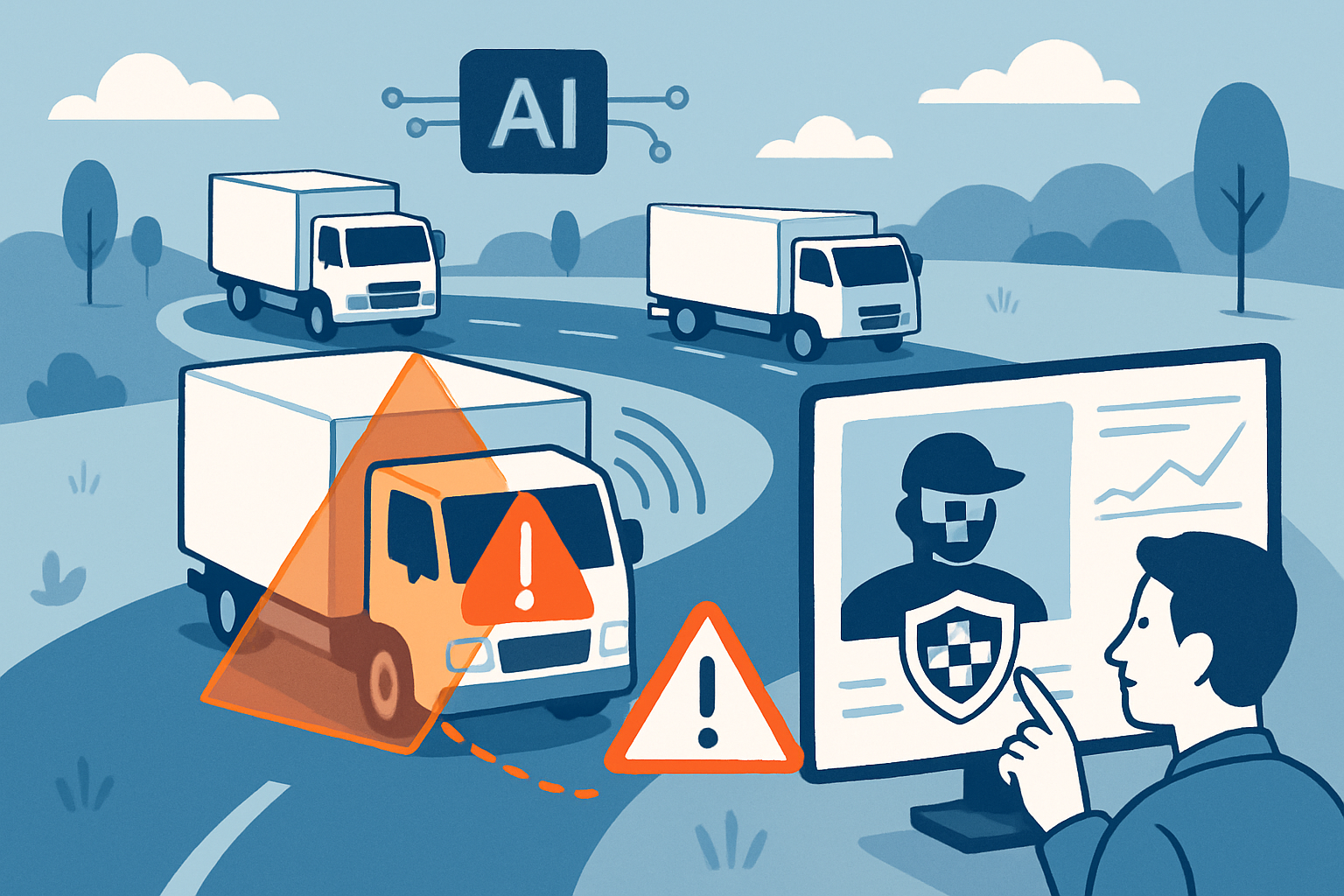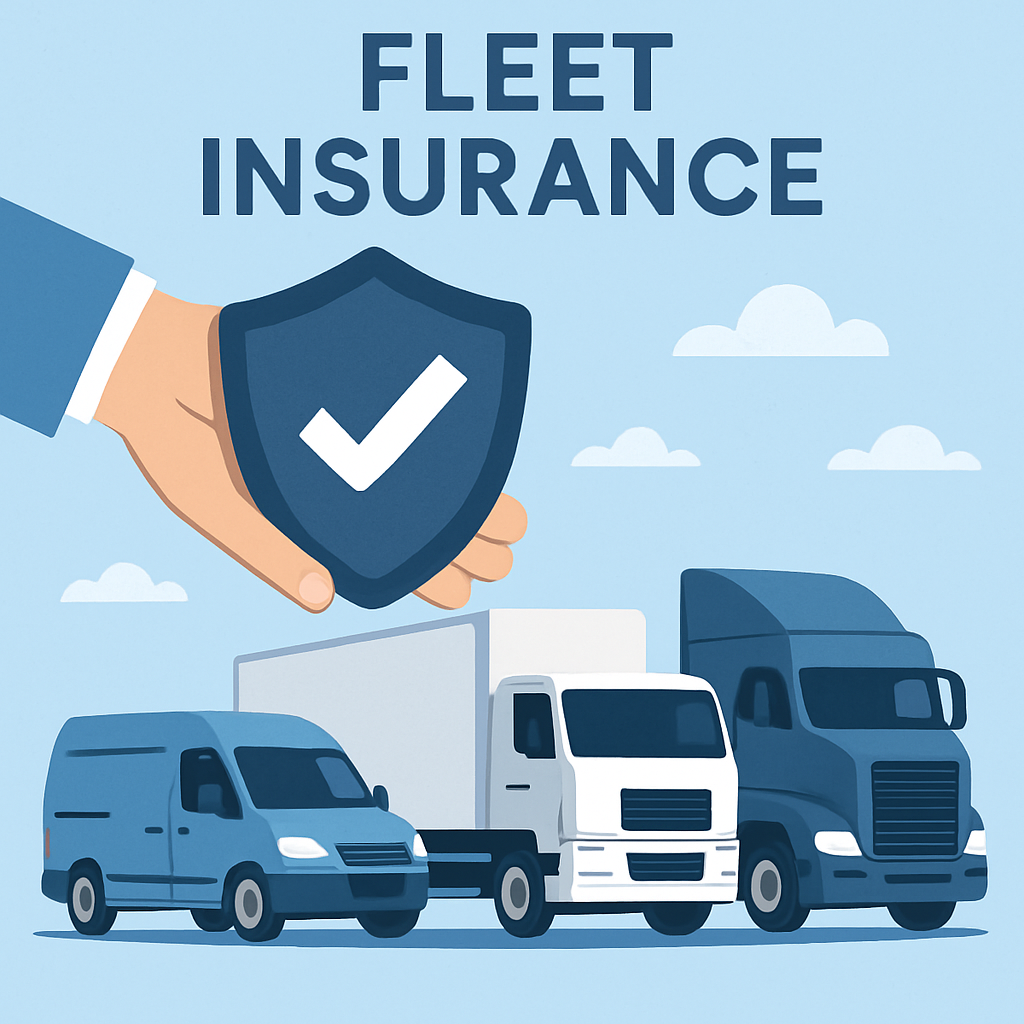In modern commercial transportation, fleets are racing to adopt connected technologies, platform consolidation, telematics, real‑time analytics and automation so as to gain efficiency, improve safety and reduce cost. But in the rush to integrate and optimize, one foundational element often gets overlooked: human readiness.
If your next‑gen fleet platform is the brain of your operation, then human readiness is arguably the central nervous system. Without it functioning properly, even the smartest systems fail at the point of execution.
So, how can fleets move beyond performance optimization to safety resilience by integrating predictive human‑readiness data into their fleet technology stack? Readi fills the blind spot most fleets don’t know they have.
The Tech‑Driven Fleet Isn’t Enough
Today’s fleets invest in:
-
Live vehicle tracking and telematics dashboards
-
Advanced driver‑telematics and alert systems
-
Unified platform strategies to consolidate data across ELDs, fleets, compliance and safety
-
AI‑powered routing, dispatch and load‑matching
These initiatives deliver value, sure. They improve asset utilization, reduce idle time, tighten maintenance windows and heighten visibility across fleets. Yet many operations still struggle with safety incidents, productivity hits and high driver turnover.
Why?
Because the technology stack assumes the person inside the loop is ready to perform.
In other words: you might assign the right truck at the right time, but have no data to know if the driver is alert enough to execute safely.
Key takeaway
Without modelling human readiness, automation and optimization systems lack one of the largest latent risk vectors. This gap can erode ROI, generate unplanned disruptions and undermine safety credibility.
Readiness: The Hidden Variable in Fleet Performance
Fatigue and Cognitive Degradation Undercut Tech Gains
Fatigue negatively impacts reaction time, situational awareness and the ability to recognize hazards. In fleet operations with long haul, night shifts, and remote logistics, these human factors amplify risk. A perfect route and a smart dispatch algorithm mean nothing if the operator is cognitively impaired.
The Invisible Risk
Unlike vehicle diagnostics or telematics faults, readiness is not easily quantified in traditional systems. That invisibility means many fleets assume they’re covered technologically while the human‑performance dimension remains understudied.
“Technology gave us more data, but we still couldn’t predict when a driver would be at risk because we didn’t quantify readiness,” explains a fleet safety director of a large carrier.
From Crash Data to Proactive Insights
Historically, fleets measured safety retrospectively: after an incident, hours of service violation, or driver‑monitoring alert. The next generation of safety doesn’t wait for a failure, it forecasts it. That means readiness intelligence becomes as critical as vehicle diagnostics in the connected fleet ecosystem.
Introducing Readi: The Readiness Intelligence Layer
What Is Readi?
Readi is a fatigue risk management platform that models individual operator fatigue and readiness to deliver a ReadiScore—an hour‑by‑hour readiness rating (0‑100) forecast up to 18 hours ahead.
Importantly: no wearables, no real‑time biometric tracking, no invasiveness. Instead, it uses schedule data, historical sleep profiles, and machine‑learning on millions of nights of industrial sleep data.
How Readi Complements Your Fleet Tech Stack
-
Dispatch workflows: Integrates readiness inputs so that dispatchers match high‑risk loads to drivers whose ReadiScore indicates optimal readiness.
-
Telematics & alert systems: Instead of relying purely on harsh‑brake or lane‑departure alerts mid‑event, Readi helps preempt those events by flagging operator readiness degradation before it translates into risk.
-
Unified platform strategy: If your fleet is consolidating telematics, ELD, driver‑performance, and safety platforms into one “source of truth,” Readi becomes the human‑performance data layer within that architecture.
-
Analytics & business case: Readiness data enables correlation between fatigue risk, incident counts, idle time, productivity metrics and optimisation strategies, justifying investment in human‑readiness alongside asset readiness.
Why No Wearables Matter
Many fleets are wary of requiring wearables. Cost, deployment, driver acceptance, privacy and union issues can all complicate rollout. Readi sidesteps those hurdles with a platform that:
-
Does not track sleep behavior in real time
-
Uses existing schedule, ELD and operational data
-
Operates with minimal friction across jurisdictions
A Smarter Framework: Readiness‑Enabled Fleet Management
Here’s how fleet leadership can build readiness‑anchored systems:
| Stage | Traditional Focus | Readiness‑Enabled Focus (with Readi) |
|---|---|---|
| Pre‑assignment | Assign driver based on availability & hours of service | Review ReadiScore; assign loads so high‑risk drivers get lower‑complexity or earlier tasks |
| Dispatch control | Monitor vehicle/trailer status and route adherence | Include readiness inputs; auto flag readiness drop‑outs and adapt schedule |
| Mid‑shift monitoring | Telematics alerts (hard stop, speed, alerts) | Combine telematics with readiness flags; proactively rotate crews rather than react after fatigue escalates |
| Safety review | Incident data, video reviews | Readiness analytics: trends of low ReadiScore → correlates with near‑miss, idle, compliance events; address at root |
| Culture & training | Driver behaviour coaching based on alerts | Human readiness awareness training plus readiness data used to influence scheduling, rest policy, task‑assignment logic |
FAQ
Q: Our fleet already has a mature fleet‑tech stack. Why now add readiness?
Because maturity in tech stack doesn’t guarantee maturity in execution. Readiness intelligence fills the gap between “what we assign” and “who executes it when logically capable.” It turns optimization into operational reality.
Q: Doesn’t fatigue monitoring mean wearable devices and intrusive tracking?
No. Readi uses a schedule‑based model and optional sleep questionnaires. No wearables needed. That reduces driver pushback, privacy concerns and deployment complexity.
Q: Can readiness data integrate into our existing fleet platform?
Yes. Readi is designed to be platform‑agnostic. Scores can flow into dispatch interfaces, safety dashboards or telematics platforms, whichever system you already use.
Q: What’s the business case?
Fewer incidents mean lower insurance exposure and repair cost. Higher operator readiness means fewer disruptions and better utilization. Some deployments report ~3 % productivity gains when operators are in optimal readiness states.
Final Thoughts: From Connected Fleet to Resilient Fleet
Fleet transformation is not just about more data or smarter devices. It’s about getting the right assignments, to the right driver, at the right time, and knowing they’re ready to perform safely.
If the connected fleet era delivered visibility, the readiness‑enabled fleet era delivers capability. Readiness intelligence like Readi provides the human side of fleet performance, making sure your advanced systems succeed where it matters most: on the road, behind the wheel, in real time.
In a world of rising demands, tighter margins and higher liability, readiness might be the greatest differentiator your fleet has yet to exploit.
Related Posts
-
Top AI Trends for Fleets in 2026The trucking industry is entering a new phase of digital maturity. What began as basic telematics and compliance automation is...
-
Fleet Insurance Bleeding Your Margins? Here’s How to Fight Back with Proactive Risk ManagementFor fleet operators, insurance is a volatile, growing burden that can make or break margins.
-
Fatigue, Fleet Safety, and the Nuclear Verdict Era: Why Predictive Risk Management Is No Longer OptionalThe trucking industry is under legal siege. As reported by the American Transportation Research Institute (ATRI), litigation...




